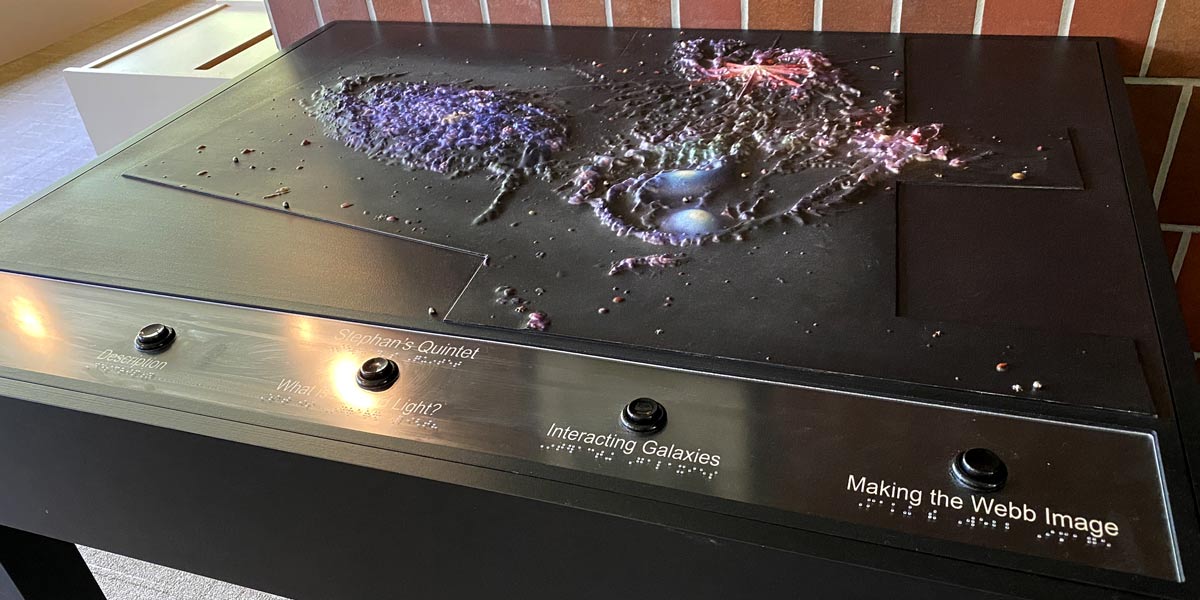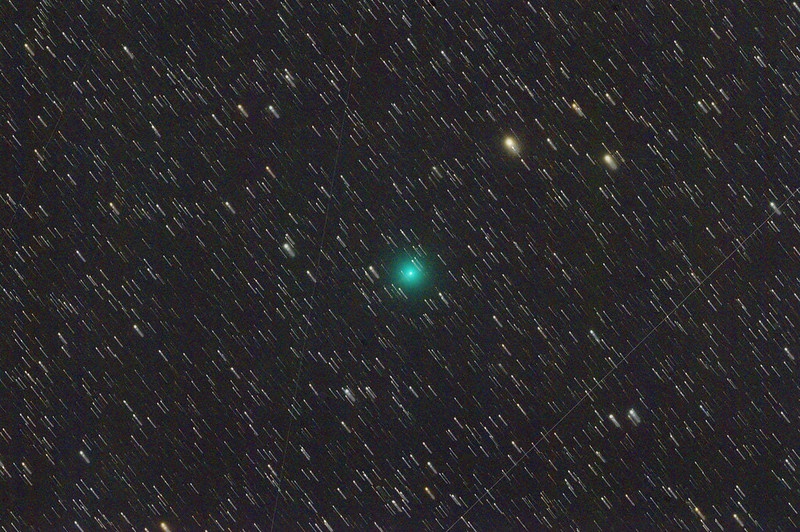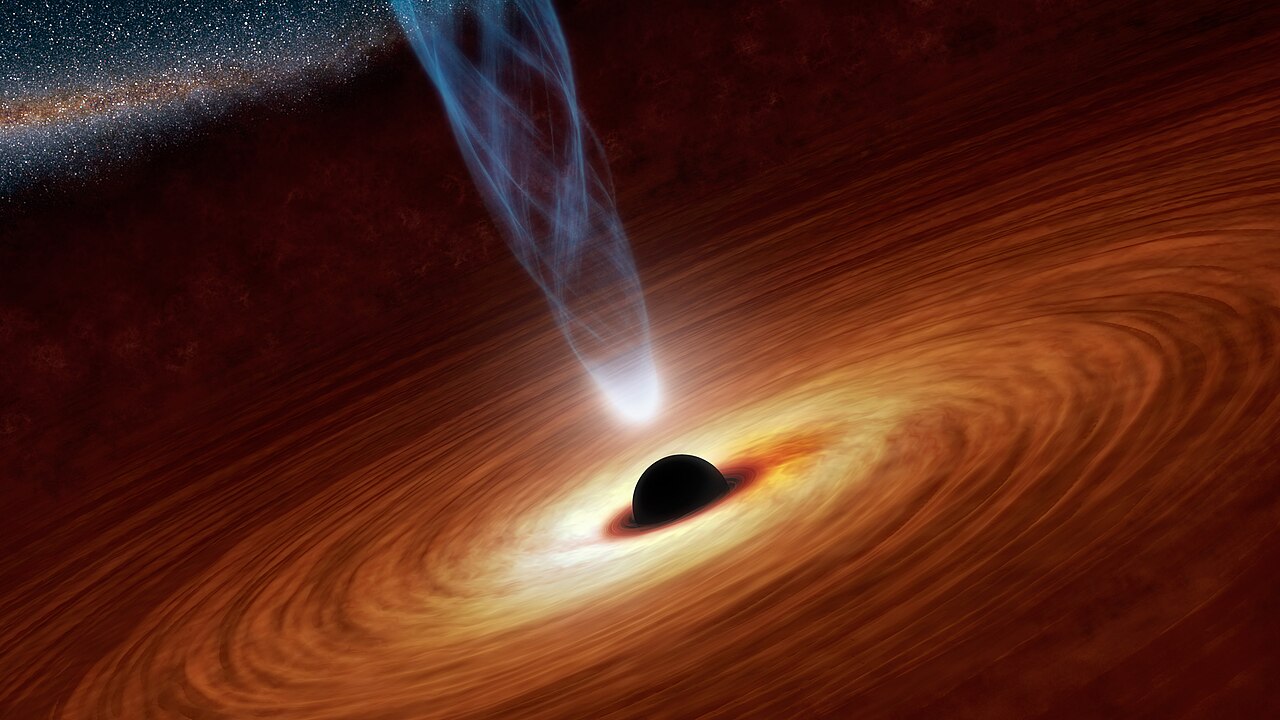One of the amazing benefits of modern astronomy is the wealth of astronomical images it gives us. From Hubble to Webb, new images appear online almost every day. They are powerful and beautiful, and so bountiful they are easy to take for granted. But those images aren’t for everyone. Whether you are visually impaired, color blind, or best process information auditorily or kinesthetically, astronomical images can be extremely limiting. Because of this, NASA’s Universe of Learning project is exploring how astronomy can be conveyed in multi-sensory ways.
Continue reading “Touch Galaxies and Listen to Black Holes. Now You Can Explore the Universe With Multiple Senses”Follow Comet E1 Atlas Through the July Sky
Comet C/2023 E1 ATLAS skirts the northern pole for summer northern hemisphere observers.
When it comes to comets, even the best predictions may often betray reality. Bright comets may fizzle as they approach the Sun, and fainter comets that ordinarily wouldn’t warrant a second look many suddenly flare into view.
Thankfully, the former seems to be the case with comet C/2023 E1 ATLAS, which has been over-performing expectations as of late, and recently brightened up into the range of binocular visibility at magnitude +10.
Continue reading “Follow Comet E1 Atlas Through the July Sky”Early Black Holes Were Bigger Than We Thought
Every large galaxy in the nearby universe contains a supermassive black hole at its core. The mass of those black holes seems to have a relationship to the mass of the host galaxies themselves. But estimating the masses of more distant supermassive black holes is challenging. Astronomers extrapolate from what we know about nearby galaxies to estimate distant black hole masses, but it’s not a perfectly accurate measurement.
An astrophysicist at the University of Colorado, Boulder, Joseph Simon, recently proposed that there might be a better way to measure black hole mass, and his model indicates that early black holes may be much larger than other predictions suggest.
Continue reading “Early Black Holes Were Bigger Than We Thought”Bringing the Gift of Hope to Ukrainian Kids through Astronomy
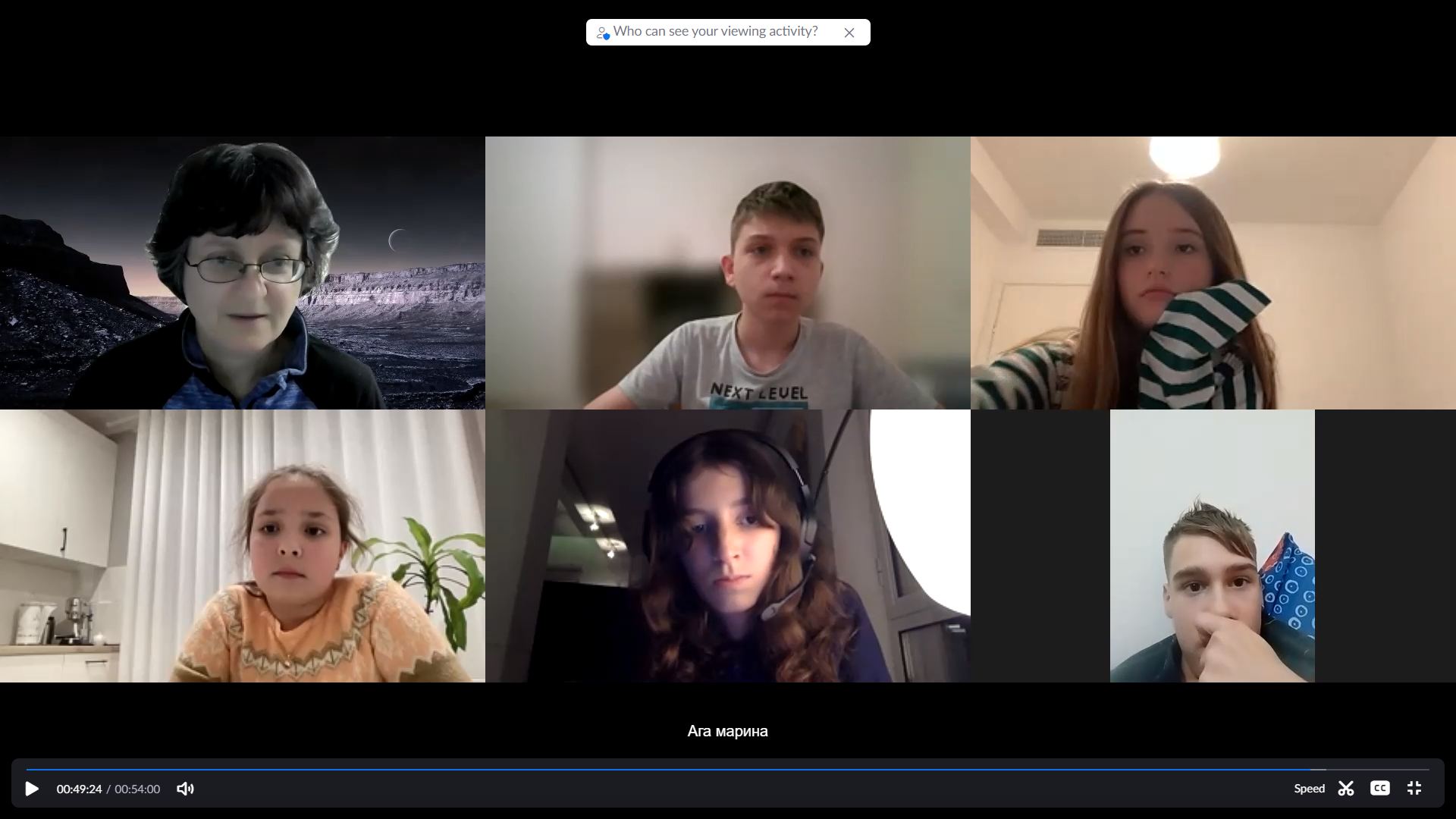
The war in Ukraine has taken a terrible toll, and the damage extends far from the shifting battle lines. In addition to the many soldiers and civilians who’ve died, over 2.5 million children have been displaced within the country. The war has also exacerbated the problems of orphaned children, who are especially vulnerable in urban areas where the fighting has been most intense. Ensuring these children and their families can get adequate food and medical care is always challenging. Ensuring they have access to education and counseling services so their lives are not severely interrupted is even more so.
But there’s also the need for inspiration and hope for the future, which becomes all the more important in times of war and displacement. This is the purpose of Earthlings Hub, a non-profit organization dedicated to bringing astronomy and science education to refugee and orphan children in Ukraine. Founded in 2022 by members of the Blue Marble Space Institute of Science (BMSIS), Earthlings Hub is made up of scientists, teachers, and psychologists working to provide students with access to scientific research, equipment, and an inquiry-based educational program that goes beyond the standard school curriculum.
Continue reading “Bringing the Gift of Hope to Ukrainian Kids through Astronomy”JWST Glimpses the Cosmic Dawn of the Universe
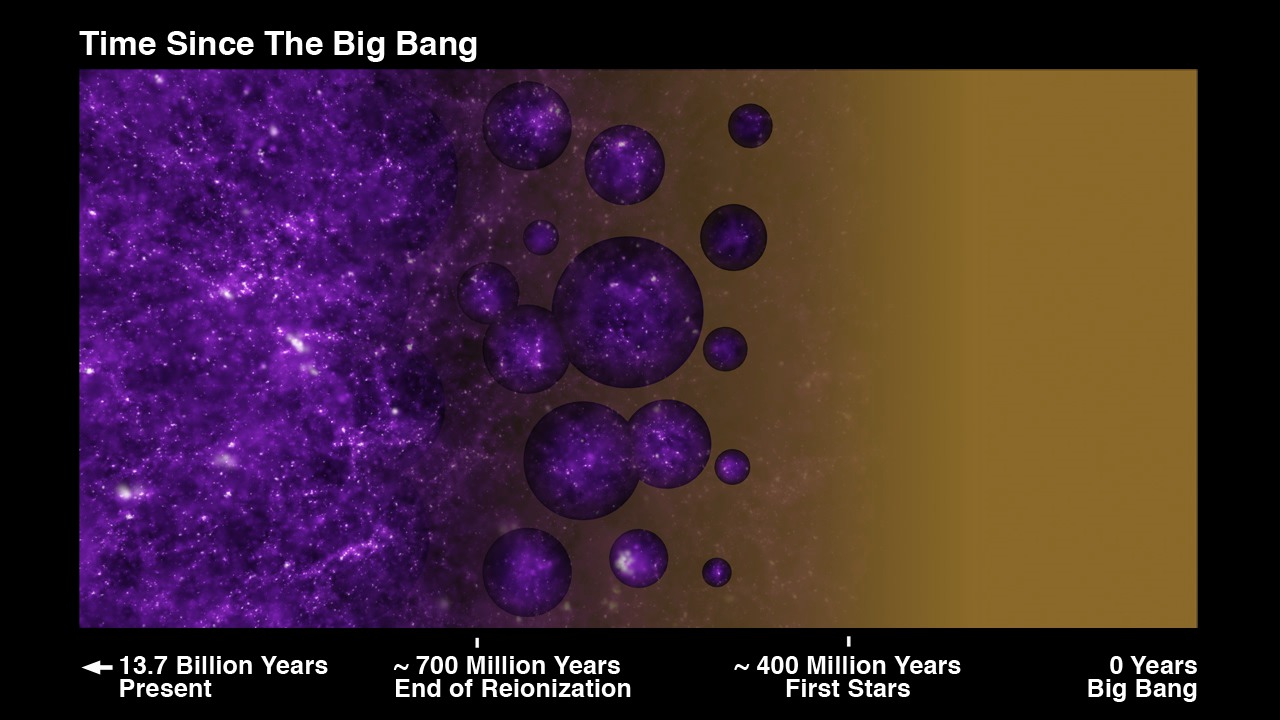
The James Webb Space Telescope (JWST) continues to push the boundaries of astronomy and cosmology, the very job it was created for. First conceived during the 1990s, and with development commencing about a decade later, the purpose of this next-generation telescope is to pick up where Spitzer and the venerable Hubble Space Telescope (HST) left off – examining the infrared Universe and looking farther back in time than ever before. One of the chief objectives of Webb is to observe high-redshift (high-Z) galaxies that formed during Cosmic Dawn.
This period refers to the Epoch of Reionization, where the first galaxies emitted large amounts of ultraviolet (UV) photons that ionized the neutral hydrogen that made up the intergalactic medium (IGM), causing the Universe to become transparent. The best way to measure the level of star formation is the H-alpha emission line, which is visible in the mid-infrared spectrum for galaxies with high redshifts. Using data from the Mid-Infrared Instrument (MIRI), an international team of researchers was able to resolve the H-alpha line and observe galaxies with redshift values higher than seven (z>7) for the first time.
Continue reading “JWST Glimpses the Cosmic Dawn of the Universe”Astronomers See the Same Supernova Four Times Thanks to a Gravitational Lens
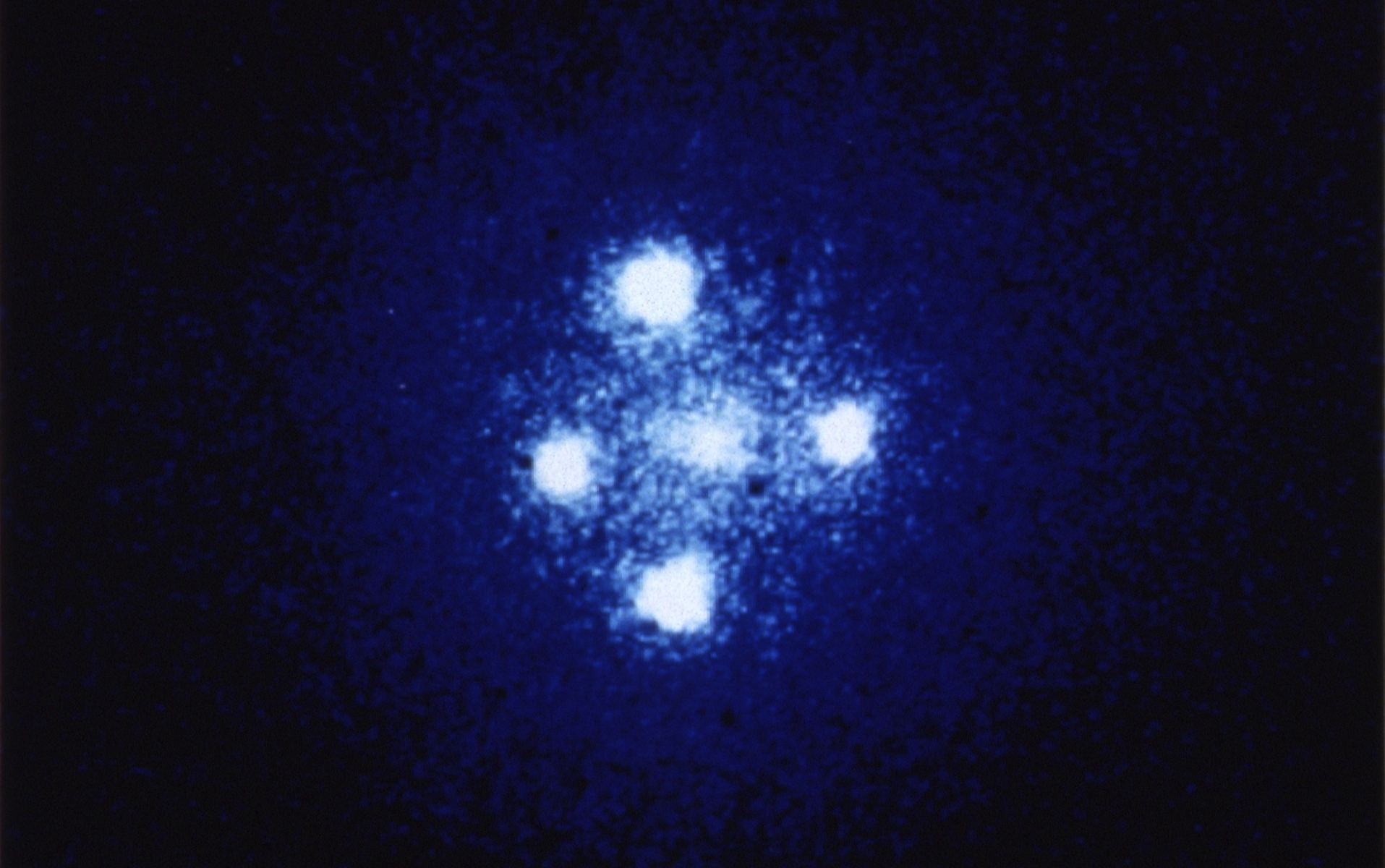
Measuring cosmic distances is challenging, and astronomers rely on multiple methods and tools to do it – collectively referred to as the Cosmic Distance Ladder. One particularly crucial tool is Type Ia supernovae, which occur in binary systems where one star (a white dwarf) consumes matter from a companion (often a red giant) until it reaches the Chandrasekhar Limit and collapses under its own mass. As these stars blow off their outer layers in a massive explosion, they temporarily outshine everything in the background.
In a recent study, an international team of researchers led by Ariel Goobar of the Oskar Klein Centre at Stockholm University discovered an unusual Type Ia supernova, SN Zwicky (SN 2022qmx). In an unusual twist, the team observed an “Einstein Cross,” an unusual phenomenon predicted by Einstein’s Theory of General Relativity where the presence of a gravitational lens in the foreground amplifies light from a distant object. This was a major accomplishment for the team since it involved observing two very rare astronomical events that happened to coincide.
Continue reading “Astronomers See the Same Supernova Four Times Thanks to a Gravitational Lens”The Best Particle Collider in the World? The Sun
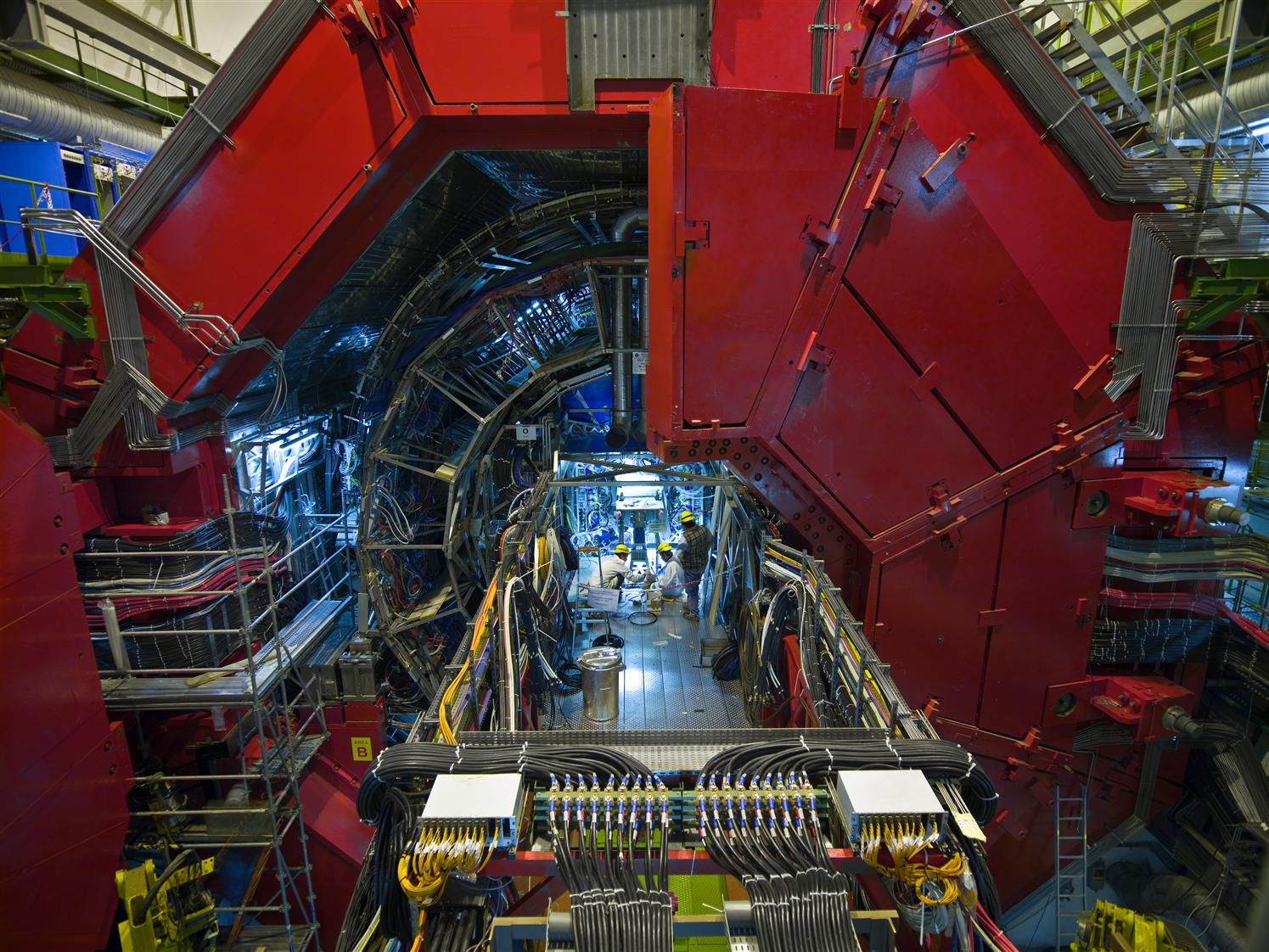
Recently astronomers caught a strange mystery: extremely high-energy particles spitting out of the surface of the Sun when it was relatively calm. Now a team of theorists have proposed a simple solution to the mystery. We just have to look a little bit under the surface.
Continue reading “The Best Particle Collider in the World? The Sun”We Could See the Glint off Giant Cities on Alien Worlds
How large would an extraterrestrial city have to be for current telescopes to see it? Would it need to be a planet-sized metropolis like Star Wars’ Coruscant? Or could we see an alien equivalent of Earth’s own largest urban areas, like New York City or Tokyo?
A recent preprint by Bhavesh Jaiswal of the Indian Institute of Science suggests that, in fact, we could see cities a mere fraction of that size, using a feature of light known as specular reflection.
Continue reading “We Could See the Glint off Giant Cities on Alien Worlds”The Hidden Benefits of Large Science Projects
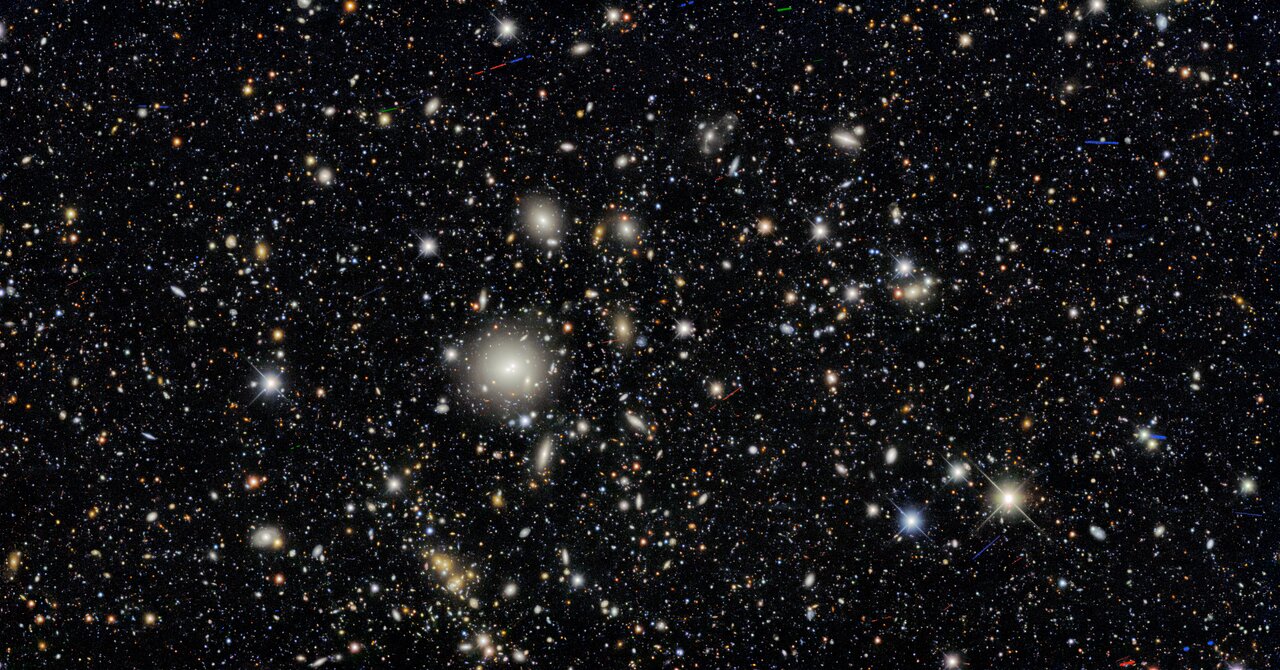
Large astronomical projects like the Dark Energy Survey and the James Webb Space Telescope provide innumerable benefits to society, like technological spin-offs, national prestige, and a way to satisfy our common human curiosity.
Continue reading “The Hidden Benefits of Large Science Projects”Pulsars Could Help Map the Black Hole at the Center of the Milky Way
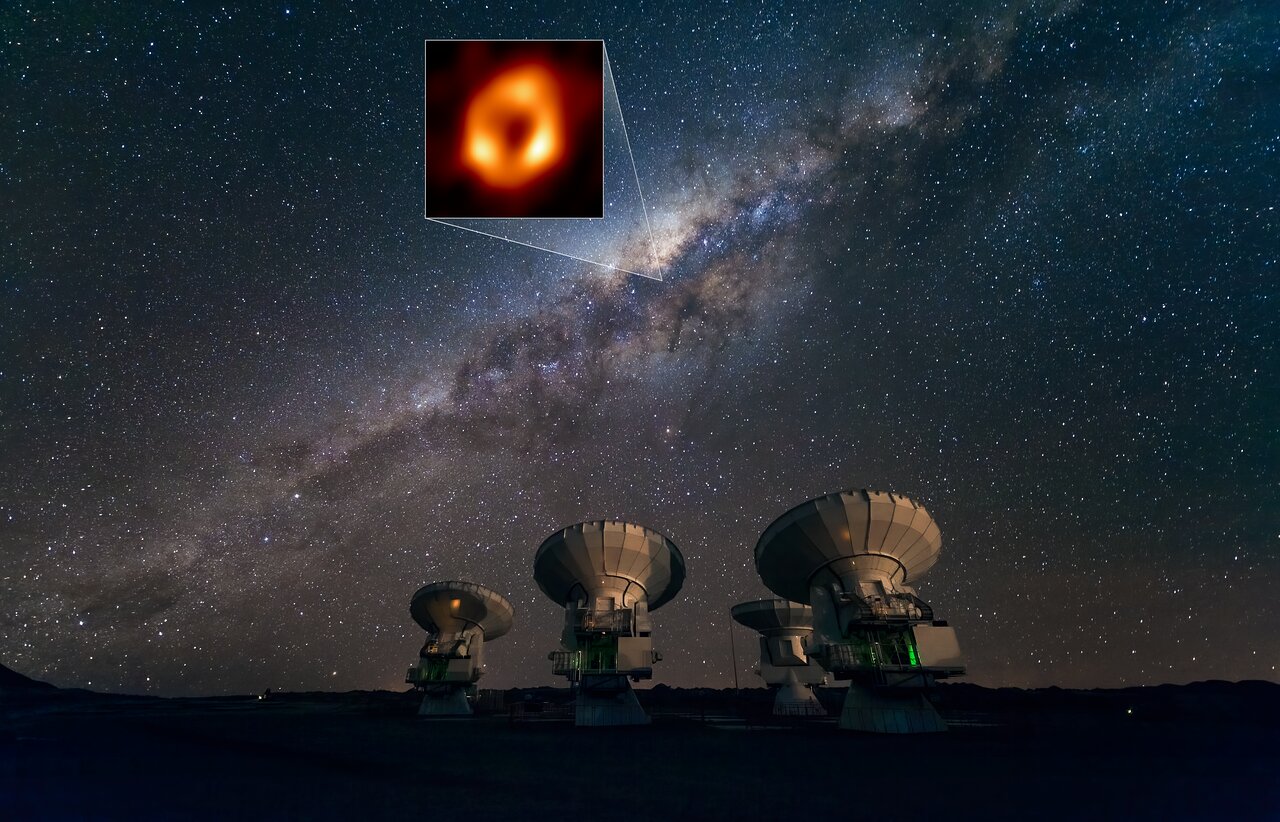
The Theory of General Relativity (GR), proposed by Einstein over a century ago, remains one of the most well-known scientific postulates of all time. This theory, which explains how spacetime curvature is altered in the presence of massive objects, remains the cornerstone of our most widely-accepted cosmological models. This should come as no surprise since GR has been verified nine ways from Sunday and under the most extreme conditions imaginable. In particular, scientists have mounted several observation campaigns to test GR using Sagittarius A* (Sgr A*), the supermassive black hole at the center of the Milky Way.
Last year, the Event Horizon Telescope (EHT) – an international consortium of astronomers and observatories – announced they had taken the first images of Sag A*, which came just two years after the release of the first-ever images of an SMBH (M87). In 2014, the European members of the EHT launched another initiative known as BlackHoleCam to gain a better understanding of SMBHs using a combination of radio imaging, pulsar observations, astrometry, and GR. In a recent paper, the BHC initiative described how they tested GR by observing pulsars orbiting Sgr A*.
Continue reading “Pulsars Could Help Map the Black Hole at the Center of the Milky Way”
